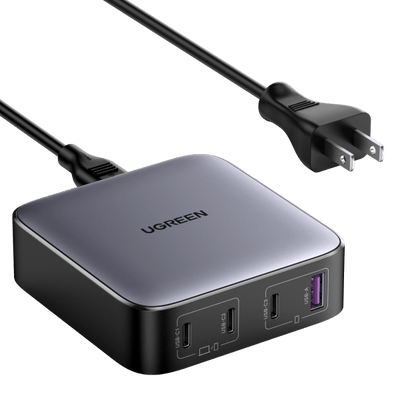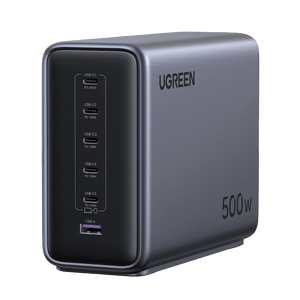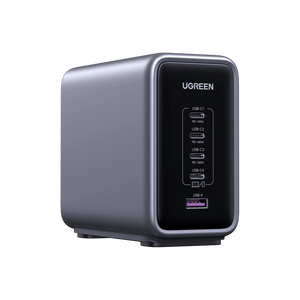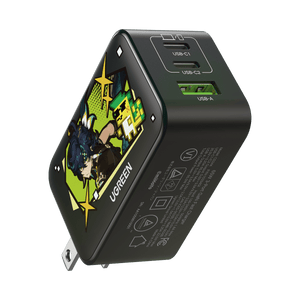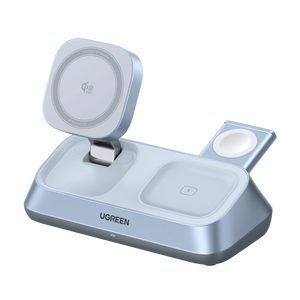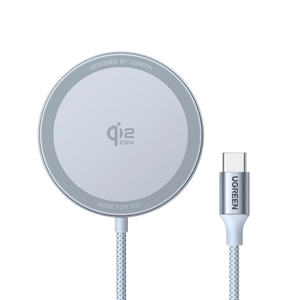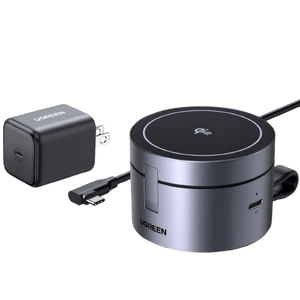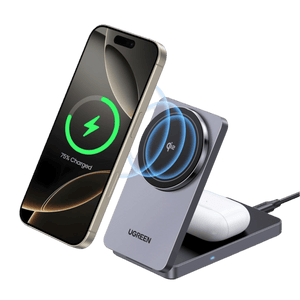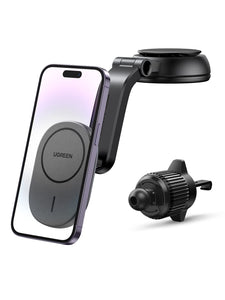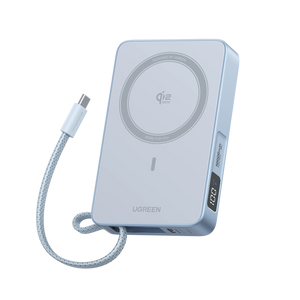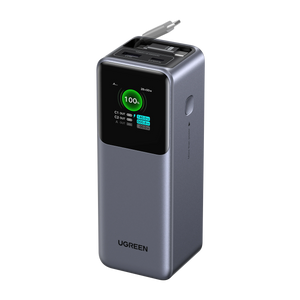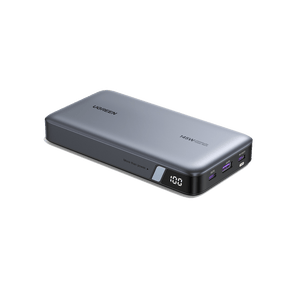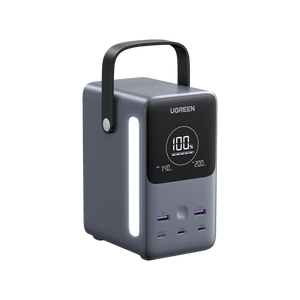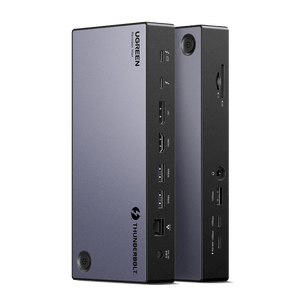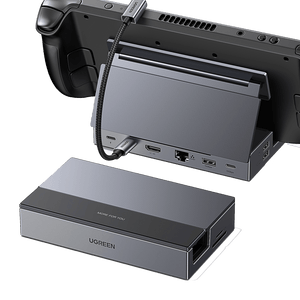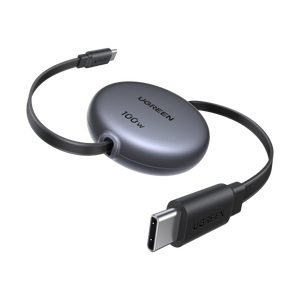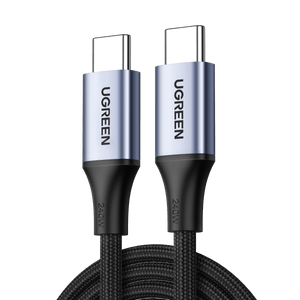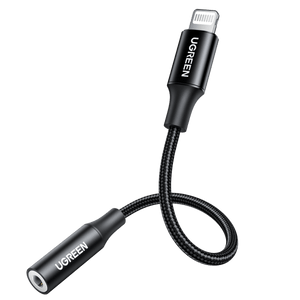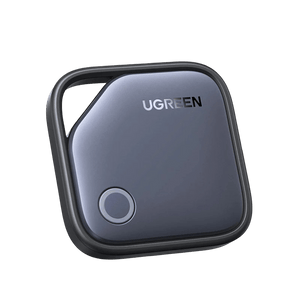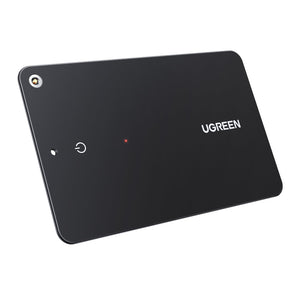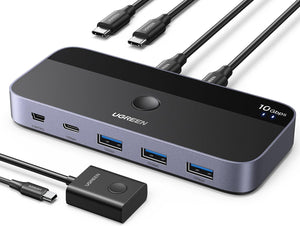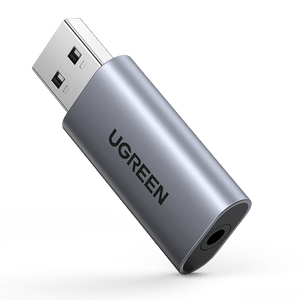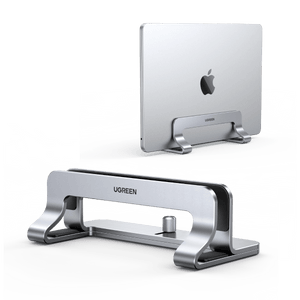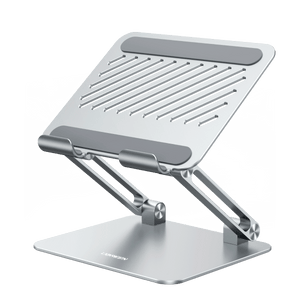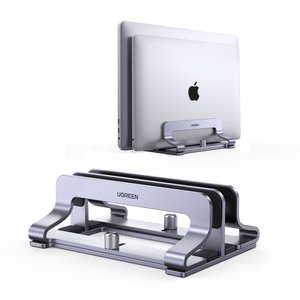What is Qi2 25W Wireless Charging?
Certified in 2025, the Qi2 standard from the Wireless Power Consortium (WPC) enables 25W magnetic wireless charging, allowing an iPhone 17 Pro Max to charge to 50% in about 30 minutes. So, what exactly is Qi2, and what does it mean for the future?
Key Takeaways
- Qi2 25W standard : iPhone 17 Pro Max to charge to 50% in about 30 minutes.
- Perfect Magnetic Alignment: Built-in magnets automatically snap devices into the ideal charging position, minimizing energy loss and maximizing efficiency.
- Intelligent Power Management: Two-way communication between the charger and device enables real-time optimization for speed, safety, and thermal control.
- Reliable Multi-Device Charging: Engineered to reduce interference, Qi2 25W supports seamless charging of multiple gadgets simultaneously on a single pad.
- Future-Proof Compatibility: Offers backward compatibility with Qi1 devices, while full 25W performance is exclusive to Qi2-certified models.
What is Qi2 Wireless Charging?
Qi2 25W is the latest wireless charging standard from the Wireless Power Consortium (WPC). It significantly boosts charging speeds to up to 25 watts, a major upgrade from the previous 15-watt cap. Integrating magnetic alignment technology—inspired by Apple's MagSafe—Qi2 ensures perfect placement for superior efficiency and reduced heat generation. It also incorporates advanced safety protections, including foreign object detection, intelligent power management, and enhanced thermal control to safeguard device batteries.
Exploring Qi2 Wireless Charging Benefits
Faster Charging Speeds — Now Up to 25W
The most exciting upgrade in 2025 is speed. Qi2 officially raises the bar from 15W to 25W wireless charging, cutting the time it takes to power up your phone almost in half. For iPhone 17 users, that means going from 0% to 50% in roughly 30 minutes.
Magnetic Alignment for Hassle-Free Charging
With Qi2, charging is no longer about hunting for the “sweet spot.” Thanks to integrated magnetic alignment, your device snaps perfectly into place on the charger every time. This ensures maximum energy transfer, reduces wasted power, and keeps your device cooler — all while delivering a far more seamless user experience.
Backward Compatibility
While Qi2 is fully backward compatible with Qi1 devices, only products with official Qi2 certification can achieve higher charging speeds (up to 25W) and support increased coil separation for flexible placement.
Smarter Charging Capabilities
Qi2 enables smarter power delivery adaptations, with the capability for bidirectional communication between devices and chargers to optimize charging speeds and efficiency in real-time based on conditions.
Multi-Device Charging
Qi2 aims to improve simultaneous charging of multiple devices at once on charging mats and pads. This includes provisions to avoid interference between adjacent devices.
Expanded ecosystem
As more devices support Qi2, we can expect to see a growing ecosystem of compatible accessories, such as iPhone chargers, car mounts, and portable power banks.

Exploring Qi2 Compatible Phones
| Brand & Series | Qi2 Support Level | Key Notes & Requirements |
|---|---|---|
| Apple iPhone | ||
| iPhone 16 Series | Qi2 25W | All models except iPhone 16e support 25W (software update required for 16/16 Plus) |
| iPhone 17 Series | Qi2 25W | Full 25W support out of the box on all models |
| Google Pixel | ||
| Pixel 10 Pro XL | Qi2 25W | Flagship model with full 25W capability (Qi v2.2.1) |
| Pixel 10 (Standard) | Qi2 15W | Base model supports standard Qi2 (15W max) |
| Samsung Galaxy | ||
| Galaxy S25 Series | Qi2 15W | Speed currently limited to 15W. No built-in magnets - requires magnetic case for proper alignment. |
What You Need for 25W Charging: The Essential Trio
- A Qi2 25W Phone: Your device must support the Extended Power Profile (EPP). Hardware requirement - cannot be added via software update.
- A Qi2 25W Certified Charger: Look for the official Qi2 logo and “25W” specification.
- A 30W+ USB-PD Power Adapter: The charger needs enough power to deliver 25W to your phone.
Is Qi2 25W the same as MagSafe? What's the difference?
No, while Qi2 25W and MagSafe share some similarities, they represent fundamentally different approaches to wireless charging:
Charging Method
Both standards use magnetic alignment for perfect coil positioning, but there’s a key difference in implementation. MagSafe utilizes a proprietary ring of magnets that is built into Apple devices. Qi2 25W incorporates magnetic alignment as part of an open standard, meaning any manufacturer can implement it without Apple-specific technology.
Device Compatibility
MagSafe remains an Apple-exclusive ecosystem that only works with iPhones (8 and later) - no Android devices support it. Qi2 25W is an open standard that works across both iPhone (16 series and later) and Android devices (like Google Pixel 10 Pro XL and others), creating a universal charging solution.

Qi vs Qi2 Charging: What are the Differences?
Qi1 refers to the first generation of Qi wireless charging technology that currently dominates the market. Qi2 represents the next generation specification that aims to supersede Qi1 with upgrades including faster charging speeds. Here are the main differences:
Charging Power
Qi1 restricts charging output to a maximum of 7.5 or 10 watts in most implementations, limiting most devices to 5-10 watts charging intake. Qi2 more than doubles this with mandated support for 15-watt fast charging and likely even faster speeds in future.
Charging Distance
Qi1 allows for around a 5mm vertical separation distance between charging coils which requires precise device placement. Qi2 extends this range to 8mm for more positioning flexibility and better support for phone cases.
Backwards Compatibility
Qi2 wireless chargers will continue working seamlessly with older Qi1 phones. However, only devices with dedicated Qi2 support can unlock faster charging speeds above 10 watts that Qi2 enables.
Intelligence and Communication
Whereas Qi1 only supports simple inductive power transmission, Qi2 allows integrated circuitry in devices to communicate bidirectionally with chargers to regulate power flows for optimal efficiency.

In essence, Qi2 builds upon Qi's huge success with boosted charging speeds, convenience, and smarter capabilities. It moves wireless charging into an efficient future-facing era as adoption picks up over 2024-2025.
Conclusion
Qi2 wireless charging represents a significant step forward in the evolution of wireless charging technology. With improved efficiency, faster charging speeds, and enhanced safety features, Qi2 aims to provide a better user experience and wider adoption of wireless charging. As more devices support the Qi2 standard, it's essential to choose high-quality wireless charging accessories from reputable brands like UGREEN to ensure the best performance and compatibility.



